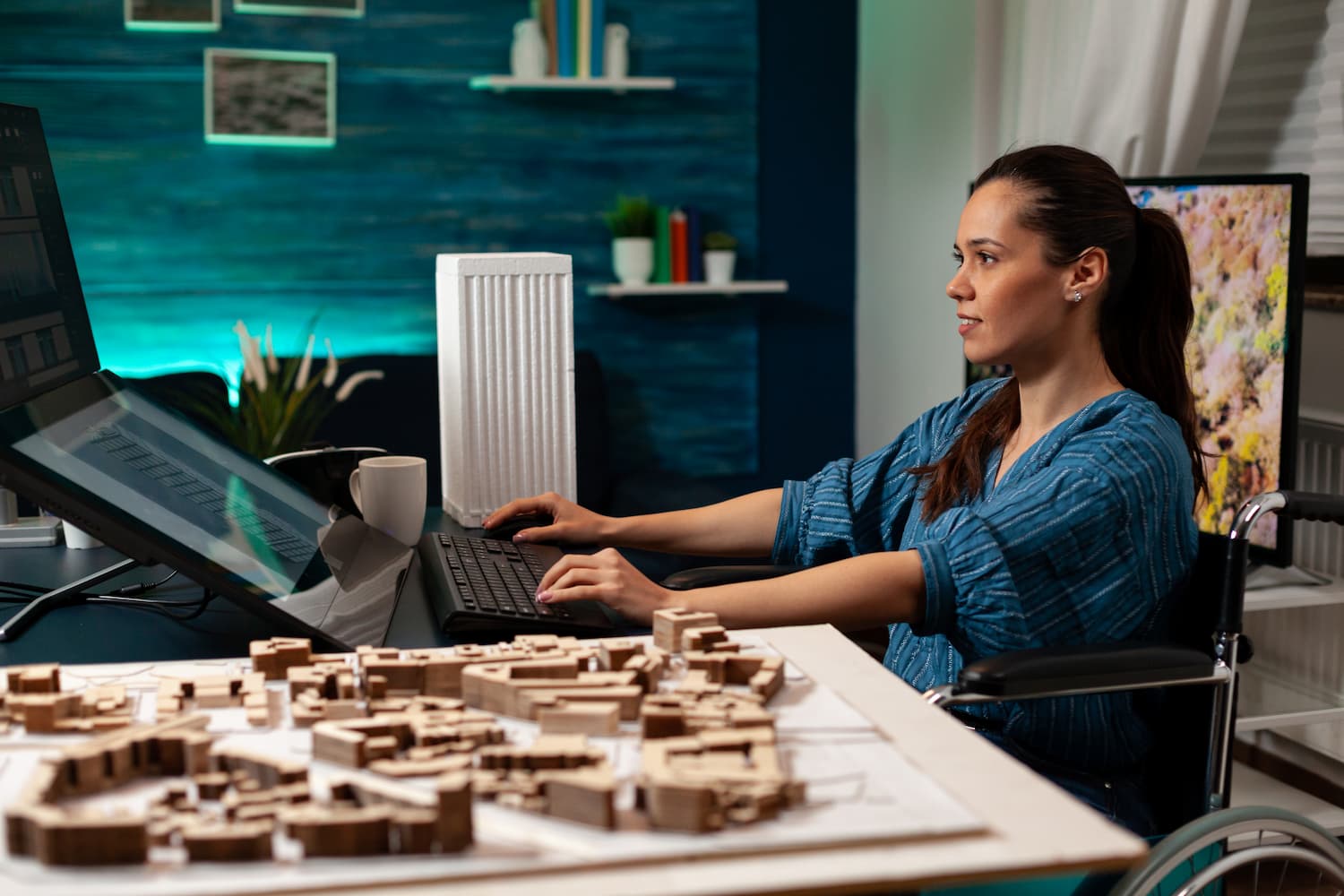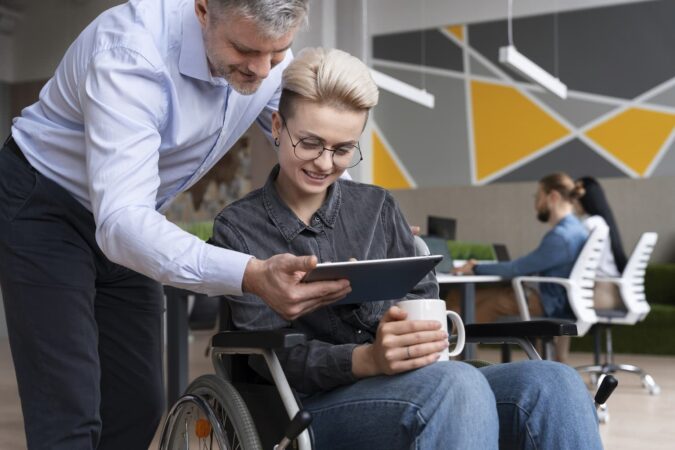
In recent years, technological advancements have significantly improved the lives of people with disabilities. Innovations in assistive devices, smart home systems, and communication tools are enabling greater independence and enhanced quality of life.
Assistive mobility devices
Assistive mobility devices have evolved dramatically, offering individuals with mobility impairments greater freedom and flexibility. Traditional wheelchairs have seen enhancements with the integration of electric power, advanced materials, and ergonomic designs. One notable example is the development of power wheelchairs equipped with gyroscopic technology, allowing for seamless navigation and stability. These wheelchairs can self-balance, climb stairs, and traverse uneven terrain, offering unprecedented mobility to users.
Another breakthrough in mobility assistance is the advent of exoskeletons. These wearable robotic suits provide support to individuals with spinal cord injuries or muscular dystrophy, enabling them to stand, walk, and even run. Such devices not only improve physical mobility but also have significant psychological benefits, promoting a sense of independence and self-esteem.
Smart home integration
Smart home technology is revolutionizing the way people with disabilities interact with their living environments. Voice-activated assistants can control lighting, temperature, and home appliances, reducing the need for physical interaction with switches and buttons. This technology is particularly beneficial for individuals with limited hand dexterity or severe physical disabilities, as it enables them to manage their household tasks independently.
Additionally, smart home systems can be customized with various sensors and automation features. For instance, motion sensors can detect falls and send alerts to caregivers or emergency services, ensuring timely assistance. Smart door locks and security systems can be controlled remotely, providing both security and convenience. Innovations like these not only enhance the safety and comfort of individuals with disabilities but also allow caregivers to monitor and support them more effectively.
Moreover, the integration of IoT (Internet of Things) devices in the home environment is opening new possibilities. For example, smart refrigerators can track food inventory and suggest grocery lists, while smart ovens can be programmed to cook meals with minimal supervision. These technologies simplify daily routines and reduce the physical strain on individuals with disabilities, contributing to a more autonomous lifestyle.
Communication Aids
Communication is a fundamental human need, and for people with disabilities, advanced communication aids are transforming the way they connect with the world. Augmentative and Alternative Communication (AAC) devices, such as speech-generating devices (SGDs) and text-to-speech software, are empowering individuals with speech impairments to express themselves more effectively. These devices often use predictive text and customizable interfaces to cater to individual preferences and needs.
The development of brain-computer interfaces (BCIs) is another groundbreaking advancement in communication technology. BCIs allow individuals with severe disabilities, such as those with locked-in syndrome, to communicate through brain signals. By interpreting neural activity, BCIs can convert thoughts into text or spoken words, offering a direct channel of communication for those who cannot use traditional methods. This technology, although still in its early stages, holds immense potential for improving the quality of life for individuals with profound disabilities.
In addition to AAC and BCIs, smartphone applications are playing a significant role in enhancing communication. Apps provide user-friendly platforms for individuals with autism, cerebral palsy, or other communication disorders to convey their thoughts and needs. These apps often include visual aids, customizable vocabularies, and real-time translation features, making communication more accessible and intuitive.
The rapid advancement of technology is opening new horizons for people with disabilities, providing tools that enhance their independence, safety, and quality of life. From innovative mobility devices to smart home systems and advanced communication aids, these technologies are not just making daily tasks easier but are also empowering individuals to live more fulfilling lives. As research and development continue, we can anticipate even more transformative solutions that will further integrate people with disabilities into every aspect of society, fostering inclusivity and equality.
As we look towards the future, it is evident that the integration of cutting-edge technology in the lives of individuals with disabilities will continue to progress. This ongoing innovation will undoubtedly bring about more sophisticated and personalized solutions, addressing a broader range of needs and challenges. To further understand the trajectory and potential of this field, it is essential to consider several emerging trends and their implications.

Emerging trends in assistive technology
One of the most promising areas of development is the application of artificial intelligence (AI) and machine learning in assistive technologies. AI can enhance the functionality of existing devices and create entirely new solutions. For example, AI-powered prosthetics are becoming more responsive and intuitive, allowing for natural movements and better adaptability to different environments. These smart prosthetics can learn from the user’s behavior and adjust their operations accordingly, providing a more seamless and user-friendly experience.
In addition, the incorporation of AI in hearing aids and vision aids is revolutionizing sensory assistance. Modern hearing aids can now filter out background noise, enhance speech recognition, and even connect to smartphones and other devices for a more integrated auditory experience. Similarly, vision aids equipped with AI can provide real-time object recognition, navigation assistance, and even facial recognition, significantly improving the quality of life for individuals with visual impairments.